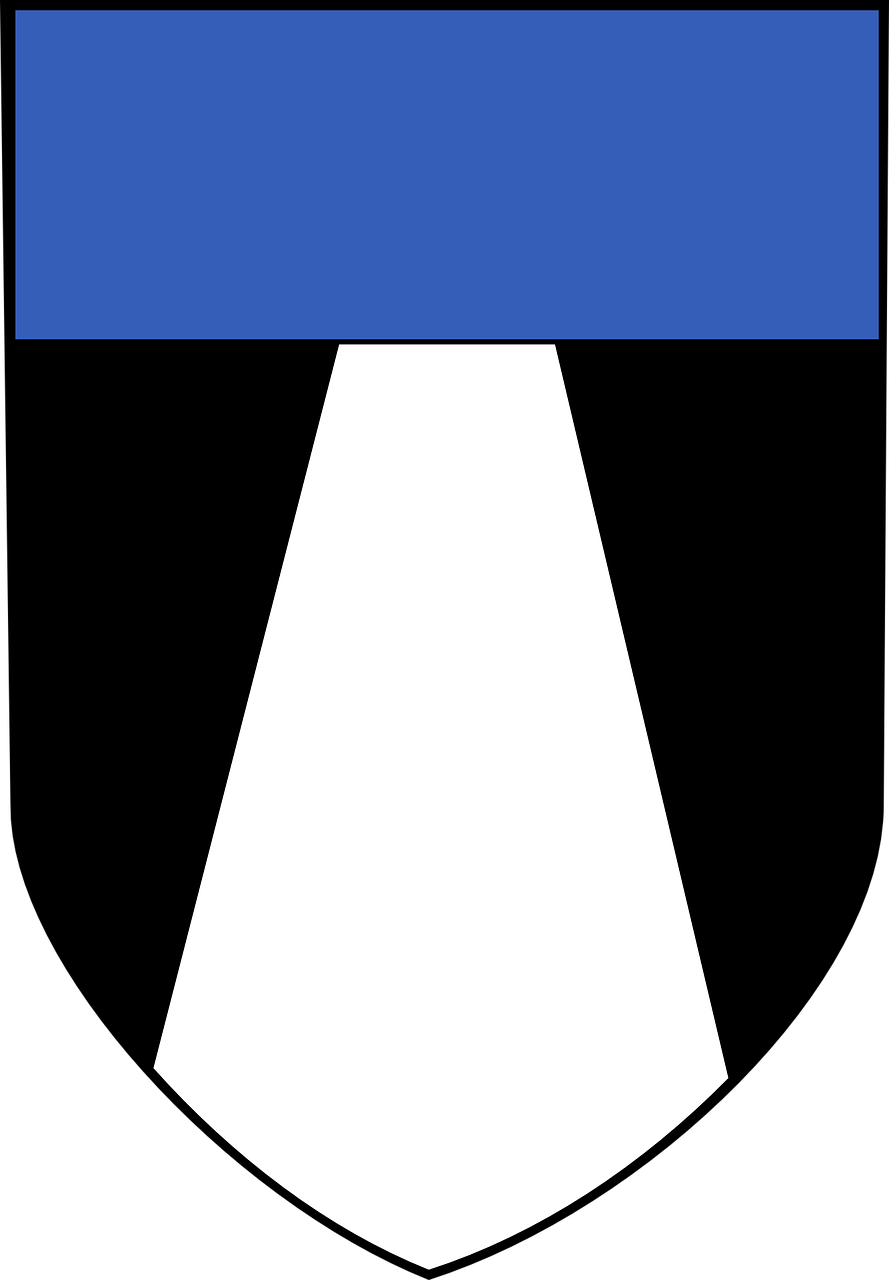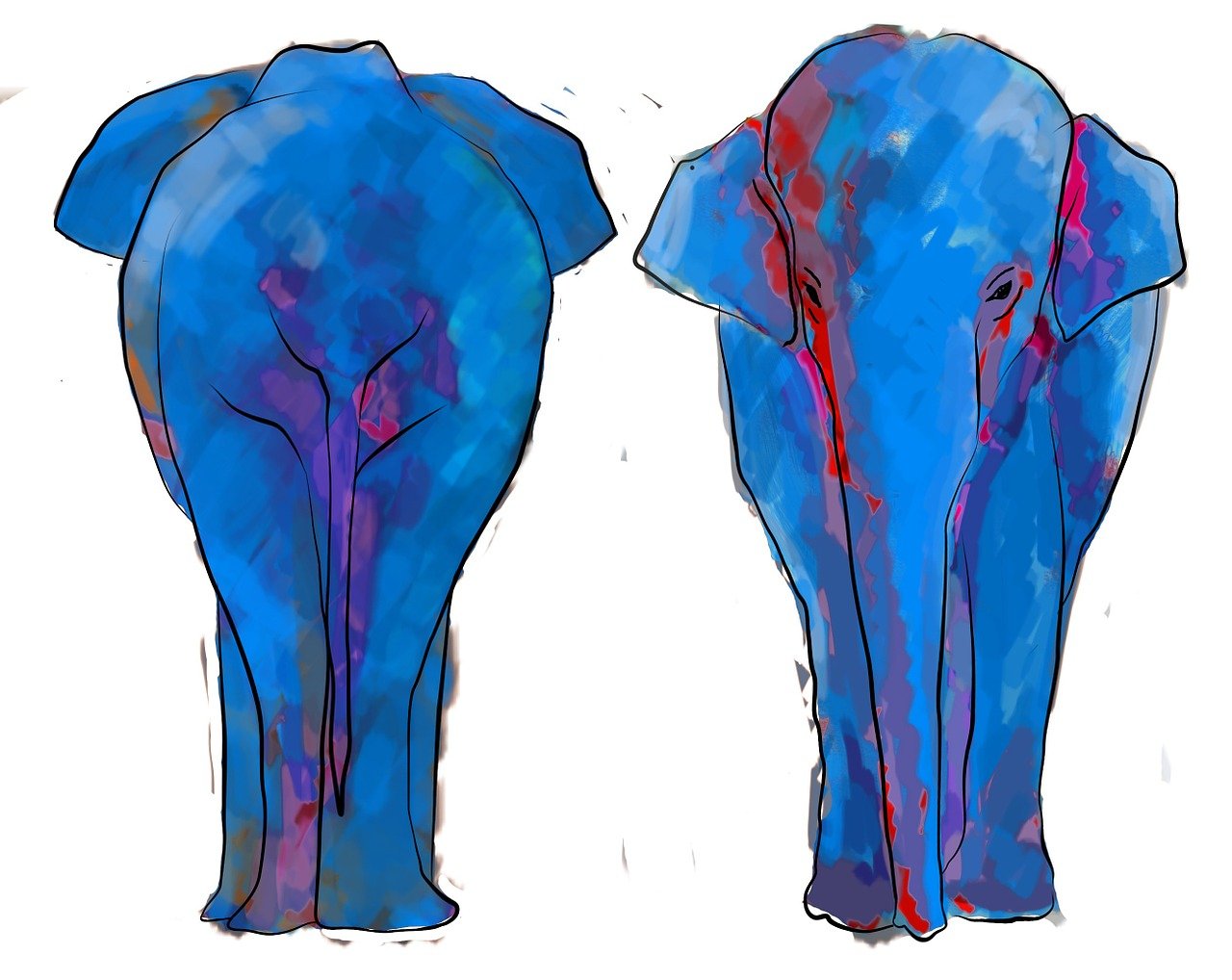Title: Communications through Coaxial Cable
Coaxial Cable Communications refers to the transmission of information through coaxial cables, which are cables with a conductive core and a conductive sheath that are separated by a dielectric material. This type of communication has several advantages over other forms of communication, such as being able to carry more signals simultaneously, having a longer transmission distance, and being less prone to electromagnetic interference. Coaxial cables are commonly used in television broadcasting, cable television, and internet connectivity, among other applications. They are also used in telephone communications, radar systems, and other areas that require high-speed, high-quality data transmission. The technology behind coaxial cable communication has been around for many years and has continued to evolve and improve with the development of new materials and technologies. Today, coaxial cables are an integral part of modern communication systems and play a crucial role in connecting people and devices worldwide.
Coaxial cable, also known as coax cable, is a type of electrical cable that is commonly used for transmission of signals over long distances. It is characterized by two or more conductors, usually cylindrical in shape, that are coaxial, or concentric, with each other. The most commonly used type of coaxial cable is the RG-6, which is used for cable television and internet connectivity.
Coaxial cables are used in a variety of communication systems, including telephone lines, cable television, and even internet connectivity. They are particularly well-suited for these applications because they offer several advantages over other types of cables. Firstly, coaxial cables are able to support much higher frequencies than other cables, such as twisted-pair cables. This means that they are able to carry more information per second, resulting in clearer calls and faster internet connections.

Secondly, coaxial cables are also much more resistant to electromagnetic interference than other cables. This is because their design allows for the signal to be contained within a small tube-like structure, reducing the chances of it being affected by external electromagnetic fields. This ensures that the signal will be received with minimal distortion or interference.
Thirdly, coaxial cables are also easier to install and maintain than other types of cables. They are typically sold in long lengths, allowing for easy installation into a desired location. Additionally, their design allows for easier splicing and repair if needed. This makes them a more cost-effective solution in the long run.
However, coaxial cables do have some limitations that need to be taken into account when designing a communication system using them. Firstly, coaxial cables are more expensive per unit length compared to other cables. This is because of their more complex manufacturing process and the materials used to construct them. Secondly, they are not as flexible as other cables, making it more difficult to route them through tight spaces or around obstacles.

In conclusion, coaxial cables offer a number of advantages for communication systems that need to support high frequencies, resist electromagnetic interference, and are easy to install and maintain. However, their cost and lack of flexibility need to be taken into account when designing a system using them. Despite these limitations, coaxial cables are still a popular choice for many communication applications due to their superior performance characteristics.
Articles related to the knowledge points of this article:
The Weight of Communication Cables
Import Serial Port Communication Cables
Title: The Magnificence of Changles Reputation for High-Quality Communication Cables